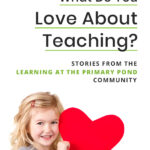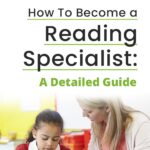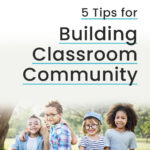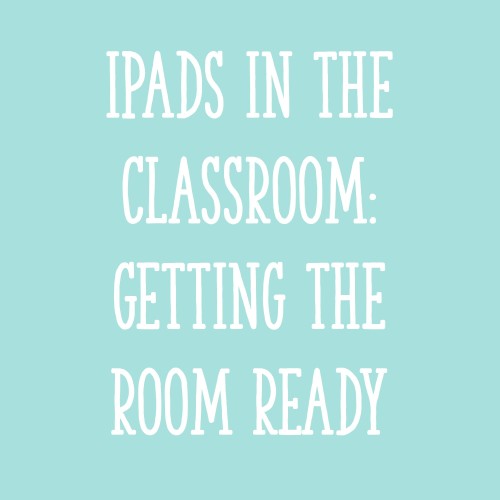In today’s fast-paced and ever-changing world, it’s becoming increasingly crucial to equip children with more than just academic knowledge. While core academic skills will always be essential, there is another vital facet of education that often gets overlooked – social emotional learning, or SEL. Social emotional learning isn’t necessarily a new concept; it has been a part of education for decades. However, recent research and a growing awareness of the importance of SEL have led to a renewed focus on these skills in schools.
For this blog, I am so excited to bring in an expert! Charlsea B. has been a school counselor for nine years. This post will provide you with some insight into how social emotional learning plays a factor in a child’s education. She’ll also share some helpful tips to use with your students and even share with their parents!
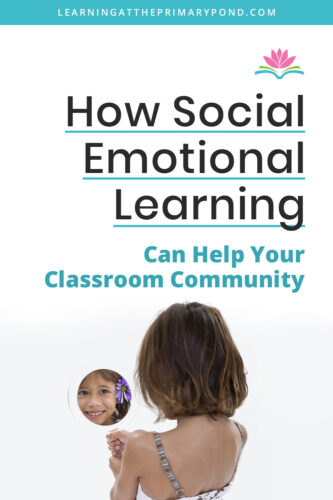
Social Emotional Learning in the Classroom
About Me
My name is Charlsea B., and I have been an Elementary School Counselor for almost a decade. I got my B.A. in Psychology from the University of Tennessee-Knoxville (Go Vols!) in 2012, and then my M.Ed in Professional School Counseling from Middle Tennessee State University in 2015. I have had the honor of serving two elementary schools in middle Tennessee, and I also serve as one of the lead counselors in my district! Aside from being a school counselor, I am the wife of a handsome nurse and the mother of a fun four year old and a spunky hound dog! They are the loves of my life! 🙂
How do you define Social Emotional Learning?
Social emotional learning is the process of teaching and practicing life skills, social skills, emotional regulation, and other interpersonal skills to our young people so that they can become empowered, empathetic, and healthy adults.
Is SEL something you should just do for a certain scheduled time of day?
It’s really something that should be embedded throughout the day. Obviously, some specific SEL activities can be scheduled. However, throughout the course of the day, we all know that students will have conflicts, anxiety, etc. Taking the time to pause and teach them appropriate ways to deal with big feelings (i.e. calm corners, reflections, social skills) will ultimately save time and foster a respectful and safe learning environment.
How is Social Emotional Learning related to classroom management?
Social emotional learning is related to all aspects of classroom management. From the physical space that students learn, to the social space where students and teachers interact, to the emotional space of how students feel when in their classroom. A teacher with solid classroom management who incorporates social emotional learning will find a respectful, safe, and cooperative learning environment.
How is Social Emotional Learning different from classroom management?
When I think about classroom management, I think about routines, procedures, and other processes that teachers use to keep their classrooms orderly and organized. Social emotional learning is different from this because it helps students understand thoughts, feelings, and actions of others and themselves. Furthermore, it teaches students appropriate ways to self-regulate when they are experiencing big feelings.
How can teachers fit Social Emotional Learning into an already busy daily schedule?
Here are a few ideas for fitting in SEL:
- morning meetings
- embedding SEL questions in stories and academic curriculum
- a feelings check-in to start the day (student provides their name and states his/her feelings)
- post-it note (student draws a picture of their feelings at any point throughout the day)
- mindful minute – think of this as a relaxing, quick, refresh for students
- calm down kits/corners
Currently, I am working with several community agencies on a project that will provide calm-down kits/corners in every elementary classroom. Making a small area in a classroom where students can go to self-regulate and take a break is a super easy way to fit in social emotional learning!
Aside from these ideas, I like to remind teachers that they are the greatest tool in their classroom. Simply taking time to normalize stressful moments and mistakes, taking deep breaths and co-regulating with students is probably the easiest and most simple way to incorporate SEL in the classroom that doesn’t require fancy programs, activities, etc.
What are some systems/strategies/routines teachers should have in place to support Social Emotional Learning?
Morning meetings are the perfect time to incorporate social emotional learning in the classroom! Simple morning greetings and questions like “Say good morning and share one way that helps you calm down when you feel angry” not only gives students opportunities to share, it strengthens both the student-student and teacher-student relationships. Other activities could include a feelings check-in, compliments, and mindful minutes. It’s also important you have clear guidelines/procedures on what a student should do if he/she isn’t emotionally regulated or needs a break.
How can SEL tie in with other academics?
SEL can support and deepen academic learning in many ways. Goal setting and a growth mindset are common ways SEL can be woven into other academics. Academic instruction and curriculum also provide opportunities to practice self-regulation when work is frustrating, social skills when working with groups, and self-reflection after activities/projects.
Why is it important to be proactive instead of reactive when it comes to SEL?
Fires, fires, fires! As educators, sometimes we feel like we are constantly putting out fires. Being proactive and spending a little time embedding SEL practices in the classroom will ultimately save you time in the future and help maximize instructional time. That’s not to say that fires won’t happen (because they will), but equipping students with some tools in their toolbox can greatly help!
Why is it so important to build trust/foster a relationship with each student?
Rita Pierson, a motivational speaker and advocate of teachers/students, said “Kids don’t learn from people they don’t like.” Building positive relationships with students helps them feel connected and like they belong to their classroom family – that they matter. When this happens, not only do behavioral issues decrease, but academic engagement and success increase.
What does a positive relationship between teacher/student look like, and how can this be built?
Teachers should really know their students – what their likes and dislikes are, what their home life is like, what sports they play, etc. This is built with time. However, incorporating SEL into a classroom helps teachers and students get to know each other more efficiently. Eating lunch with students, playing at recess with them, and doing quick check-ins are simple ways to spend quality time with students on top of the class-wide SEL a teacher provides.
When it comes to SEL, what are some ways teachers can partner with parents?
Consistent communication is a great way for teachers to partner with parents and guardians. Let parents and guardians know what their students are learning about and doing throughout the day. Send them home with dinner conversation prompts that tie in with academics and SEL. When a student comes in and marks that they are sad in the morning, take the time to communicate that to them. Having that open line of communication makes parents and guardians feel like they are a part of the incredible team of people who take care of their child(ren).
How does a teacher/parent know when there is maybe a bigger issue going on with a student and it’s time to bring in extra support? (i.e. a school counselor)
First and foremost, trust your gut. Teachers have some of the best intuitions, and as a school counselor, I am so grateful for that! I always tell my teachers that it’s better to be safe than sorry. Seeing changes in behaviors, grades dropping, truancy, sleeping through class, withdrawn behavior, frequent crying or meltdowns, and trouble making/keeping friends are just some examples of the many issues that could warrant extra support from someone like the school counselor.
Conclusion
Thank you to Charlsea for all of her valuable insight! If you have other questions for her, feel free to put them in the comments, and we’ll pass them along to her!
Happy teaching!

